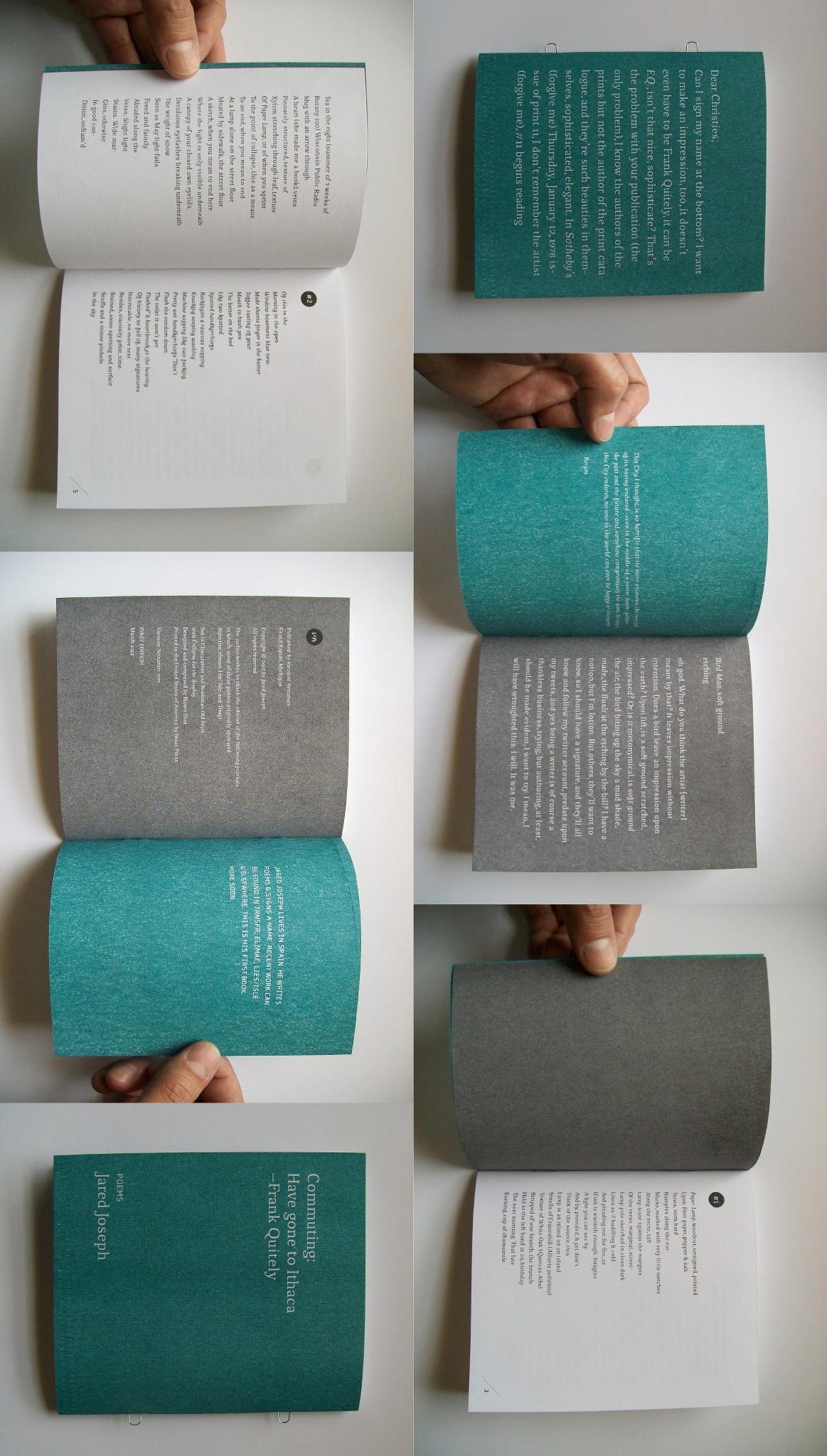This is the latest in Margaret LaFleur’s Travel By. To go to the column page, please click here.
In the summer after ninth grade I traveled to Europe alone.
Of course I mean that I flew alone. Although I successfully navigated a layover at the Amsterdam airport by myself, I was met at my final destination by a friend and her parents, who wove at me cheerfully from the far side of baggage claim. But it sounds more daring, or glamorous to let you think, for a moment, that I was sophisticated globetrotter at sixteen.
This is the seductive nature of travel. Even when we know the reality, we want to gloss it over and select out the interesting parts to offer. We leave out the boredom, the wrinkled clothes, the hours we spent wishing, sheepishly, for the comforts of home. Except for the notable exceptions of unexpected calamities (the stolen passport, the half a day train delay) the stories we tell of travel are often like the displays on bakery counters, the broken, lopsided and burned bits are left in back.
The archetypal view of travel is as a journey, an event from which we returned changed, pushed open by the breadth between here and there. If we don’t travel to change ourselves, we still travel to see something new, to be startled or entertained or informed. Often we travel backwards, returning to places we have been or come from, doing with distance what we cannot do with time. We travel for the anticipation of it, the countdown and planning that occupies our days before we leave. Increasingly, in the brave new internet world, we travel for the anticipation of the Facebook photo album and excited on-the-road tweets.
I spent my ten or so days abroad that summer doing what most sixteen year olds do. We went to the beach and stayed up late watching movies. We went shopping, rode bikes and flirted with boys. Of course none of this was new to me, but each day felt like a discovery. At night I wrote everything down in my journal, scribbling down each similarity and difference. It is memorable now for the warm Swedish glow I’ve assigned those days and the sense that ordinary is only a matter of degrees.
So, these are the thoughts I had when sitting down to define what travel is, and I have yet to mention that not all travel involves the physical crossing of borders or miles. Henry Miller once wrote, “One’s destination is never a place, but rather a new way of looking at things.” It is not just traditional destinations that can force, trick or surprise us into seeing things in new ways. Literature and the art of letting yourself be transported by words offer this. The taste of faraway countries and cultures come to us in jars of spices and restaurant kitchens.
This column, Travel By, will be an exploration of all of this. And more. Maybe less, sometimes.
Come with me.
More of Margaret LaFleur’s Travel By at Used Furniture.

